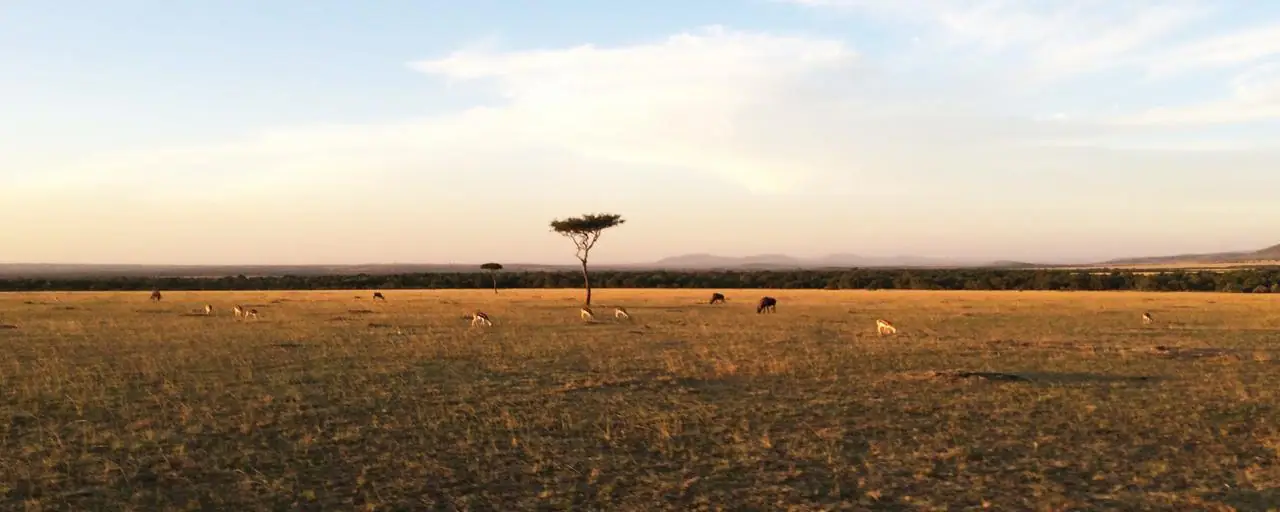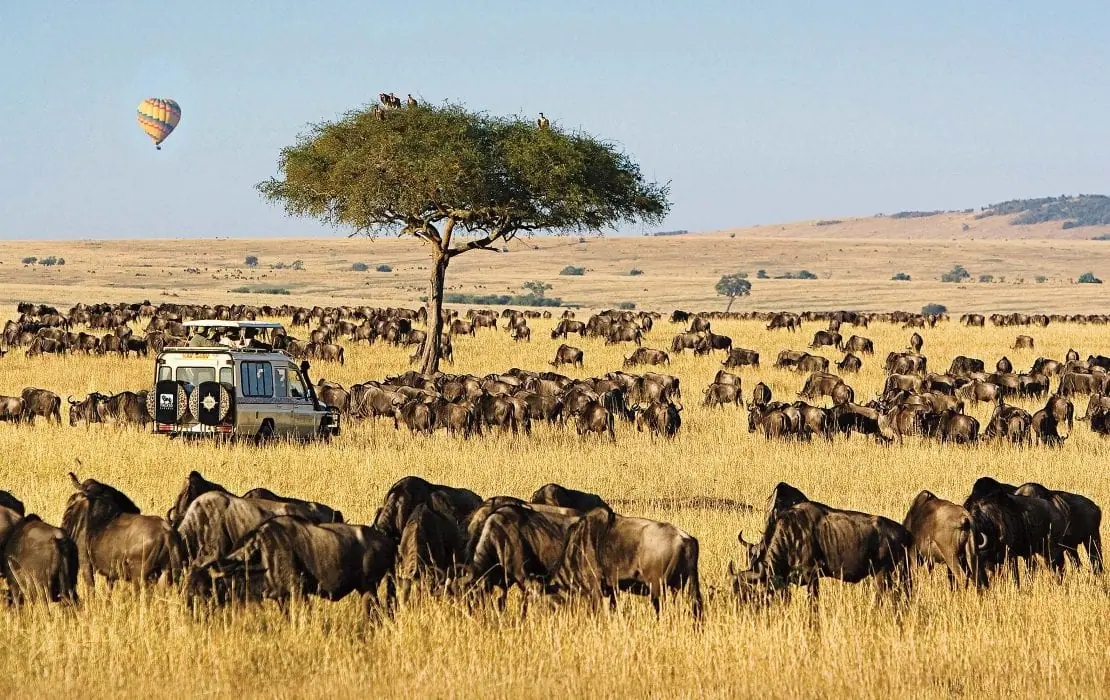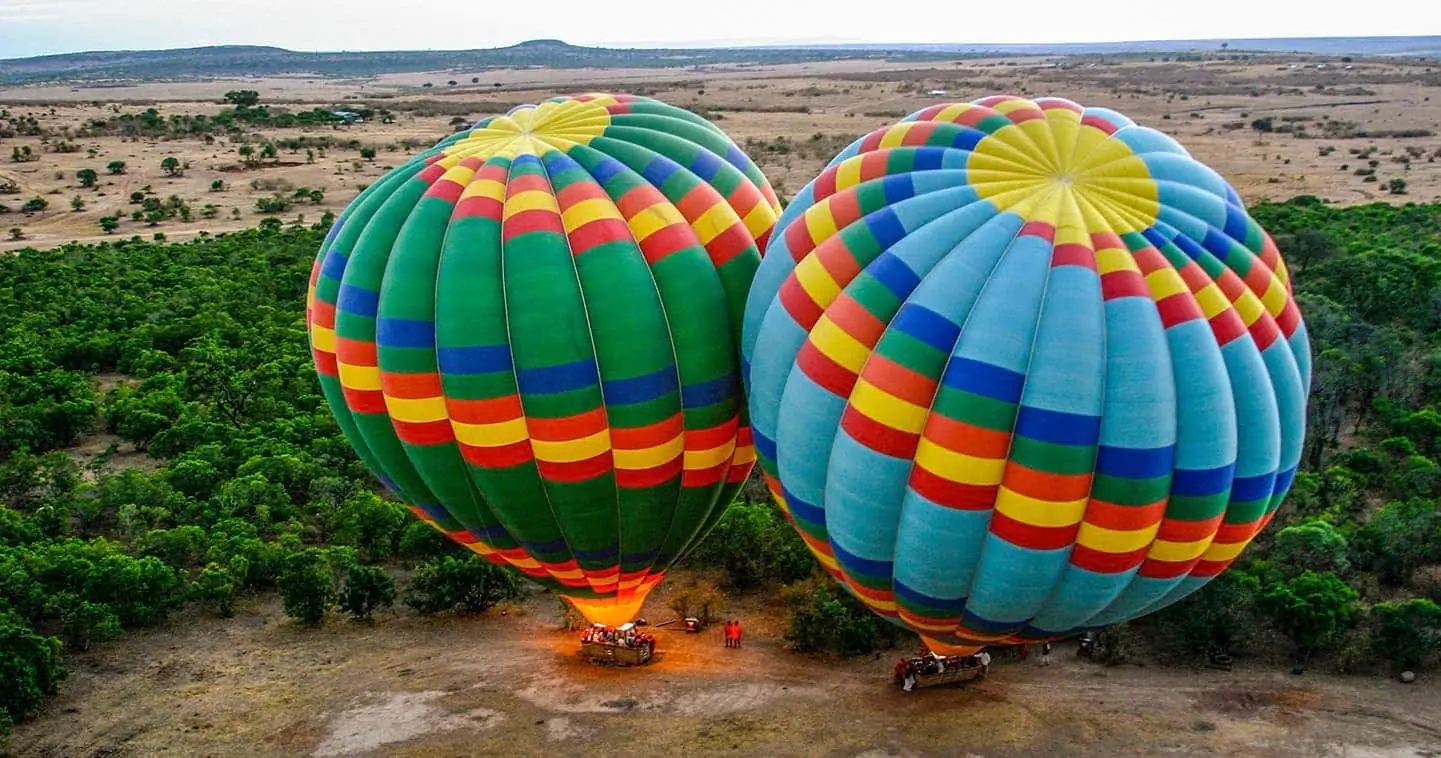Weather and Climate Masai Mara - The Essential Guide
Table of Contents
Masai Mara National Reserve, a protected area in southwestern Kenya, is renowned for its abundant wildlife and breathtaking natural beauty. Its location near the equator, coupled with an elevation range of 1,435-2,143 meters (4,708-7,031 feet) above sea level, creates a unique Masai Mara weather pattern.
This reserve is part of the larger Mara ecosystem, spanning across Kenya and Tanzania, providing excellent wildlife viewing opportunities. With over 1,300 safaris conducted annually, the reserve attracts many travelers eager to visit Masai Mara. The Masai Mara’s altitude contributes to a cooler and wetter climate than one might expect, with average temperatures ranging from 20-30 degrees Celsius.

Masai Mara Weather
The Masai Mara weather is defined by two rainy seasons. The long rainy season occurs from March to May, while the short rainy season spans from November to December. These rainy seasons significantly influence the Masai Mara’s climate. The dry season, from June to October, is known for pleasantly warm daytime temperatures and cool nights, making it the perfect time to visit Masai Mara.
Average afternoon temperatures range from 25-30 degrees Celsius, with nighttime lows dropping to around 10-15 degrees Celsius, resulting in chilly early mornings. The reserve’s proximity to the equator ensures that the rainy seasons bring abundant rainfall, while the dry season experiences minimal precipitation. Visitors should expect occasional rain showers during the rainy seasons, with April being the wettest month, receiving the heaviest rainfall. On average, it rains approximately 1400 millimeters (55 inches) per year in the Masai Mara.
Seasons in Mara National Reserve

The Mara National Reserve experiences two distinct seasons: the dry season and the wet season. Each has its unique characteristics and advantages for spotting wildlife. The dry season, from June to October, features sunny days, minimal rainfall, and average daytime temperatures ranging from 25-30 degrees Celsius, making it ideal for game viewing. The wet season, from November to May, is characterized by occasional rain showers.
The long rainy season brings abundant rainfall, while the short rainy season has moderate precipitation. The Masai Mara’s altitude and its location near the equator contribute to a unique climate, with average temperatures ranging from 20-30 degrees Celsius year-round. The reserve’s weather patterns are influenced by its geography, with the Mara River flowing through the area, supporting a diverse range of flora and fauna. Flooding can occur during both rainy seasons in the Masai Mara.
Weather and Climate Masai Mara – Best Time to Visit Masai Mara
The best time to visit Masai Mara National Reserve is during the dry season, from June to October, when the weather is pleasantly warm and dry, perfect for game viewing and outdoor activities. The Great Wildebeest Migration, occurring from July to October, is a major attraction, with millions of wildebeest crossing the Mara River, offering excellent wildlife viewing opportunities.
The shoulder season, from April to May and September to November, can also be a good time to visit. It offers fewer tourists and lower prices while still providing lovely weather and abundant wildlife. The peak season, from July to August, is the busiest and most expensive time to visit, yet it offers the best game viewing and wildlife spotting opportunities. The low season, from December to March, is the quietest and most budget-friendly time to visit, though it may experience occasional rain showers and cooler temperatures.

Planning Your Visit to Masai Mara National
When planning your visit to Masai Mara National Reserve, it’s crucial to consider the weather and climate. The dry season is the best time for game viewing and outdoor activities. The reserve offers a variety of accommodation options, from luxury lodges to tented camps, catering to different budgets and preferences, providing a unique and immersive experience.
Booking your safari in advance, especially during the peak season, is recommended to ensure availability and secure the best prices. Plan your itinerary according to the Masai Mara weather and migration patterns. The reserve is accessible by air or road, with several airports and entry points, making it easy to reach.
It offers a range of activities and experiences, including game drives, walking safaris, and birdwatching. Visitors should be prepared for chilly early mornings and warm daytime temperatures, with average temperatures ranging from 20-30 degrees Celsius. It’s important to respect the reserve’s rules and regulations to ensure a safe and enjoyable experience.

Other Information About Masai Mara and Conservancy:
Welcome to AjKenya Safaris
Thanks for stopping by! We’re excited to help you plan an unforgettable safari.
- Phone: +254 748 258880
- WhatsApp: +254 748 258880
- Email: [email protected]
- Email: [email protected]





